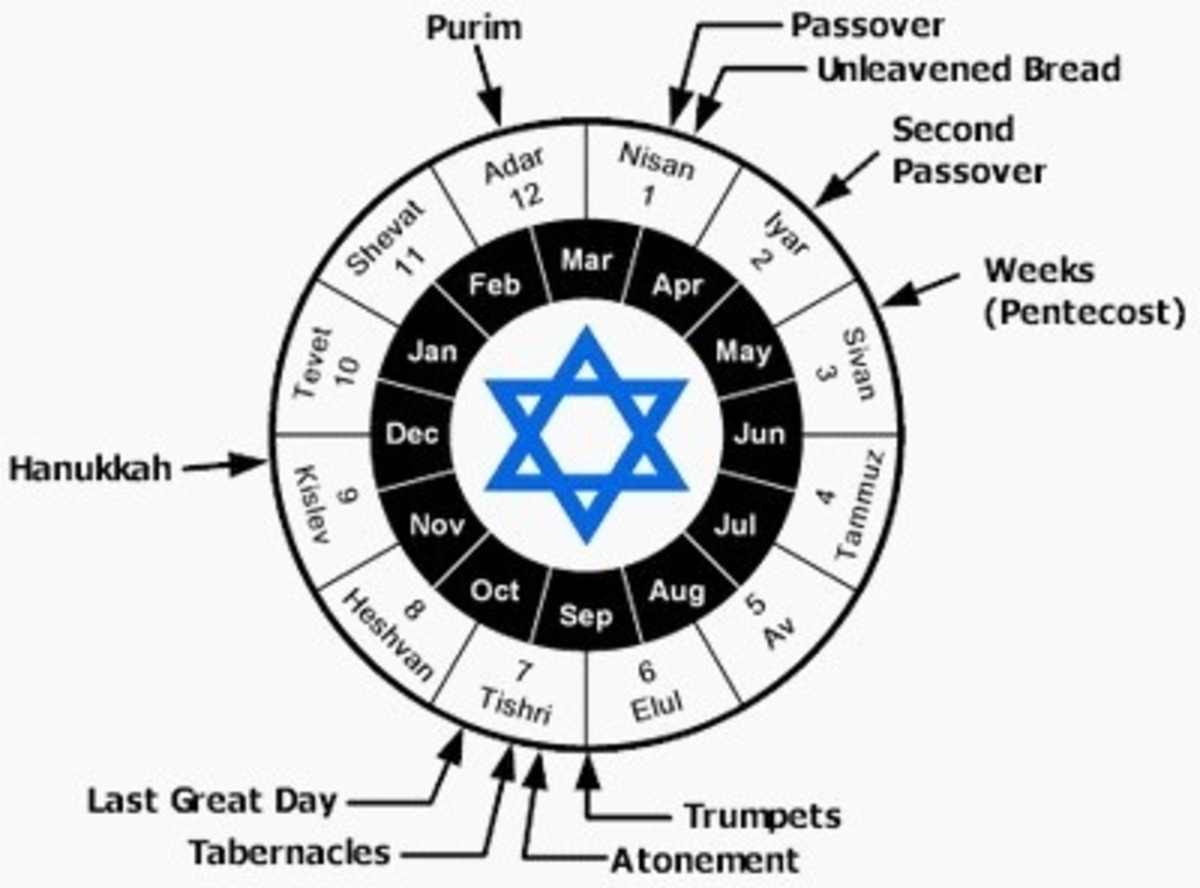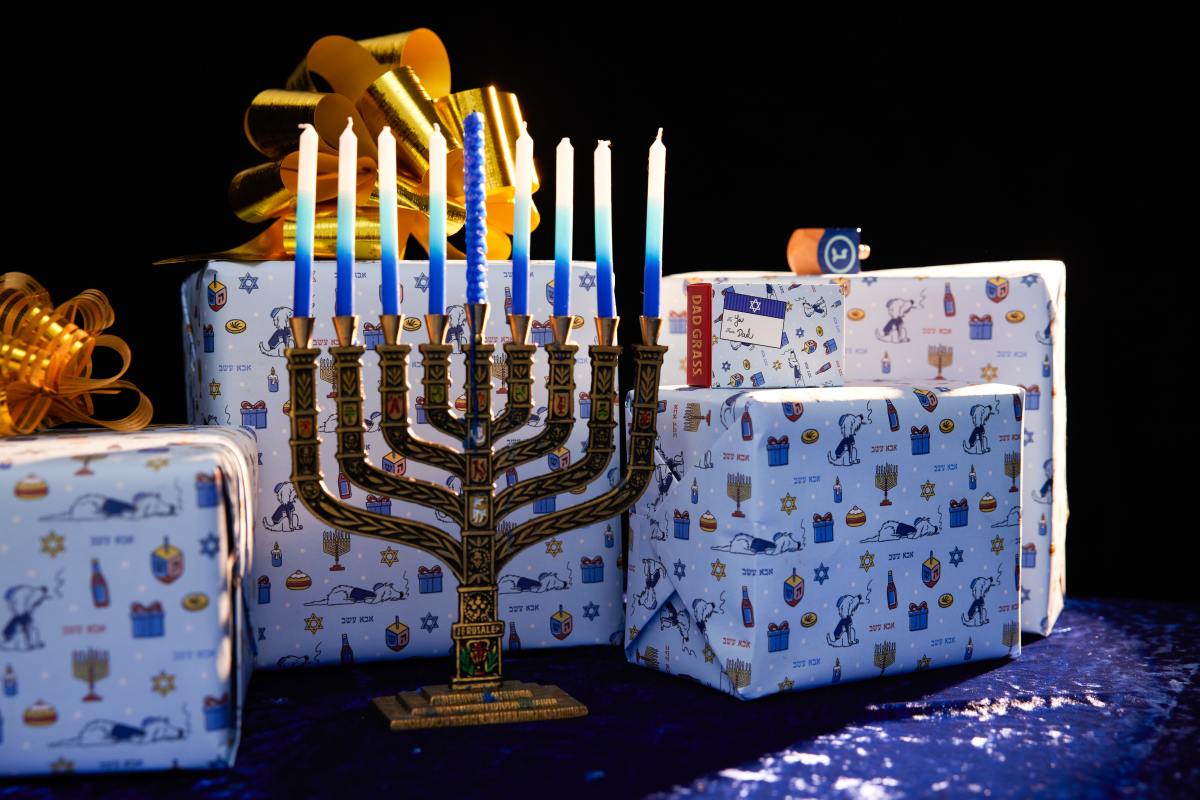Jewish Holiday Sukkot.
As I’ve already mentioned many times, I am Jewish by blood and spirit, but I am not religious. What does it mean? It means that I am not attending synagogue, I do not keep kosher laws at home, and I do not pray with printed prayers. I praise God above everything and I glorify Him for all the miracles he gives me. I make my own choices and I don't need religion to tell me what to do. I just follow God from within of myself.
I belong to Jewish family and for me being Jewish is not a nationality, not religion, but it is exactly what I’ve said- it is a family. And I follow my family ways, even if I do it not strictly according the rules.
We celebrate Jewish holidays and though we do not observe them rightly from the formal point of view, we do it from our heart, with all the love and devotion to the family.
My story about Jewish holiday Sukkot will be not from the religious point of view, but from the point of view of a person who just enjoys it.
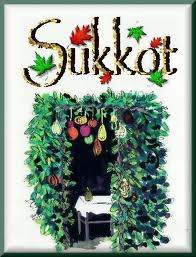
From sadness to joy.
The Jewish holiday Sukkot (also spelt Sukkoth), is celebrated in fall (September or October of Gregorian Calendar). It begins on the fifth day after Yom Kippur, and falls on 15th of Jewish month Tishrei. I wrote about Jewish Calendar and how it works in my hub about Rosh Hashana.
Rosh Hashanah starts a new Jewish year (number) and the period considered the High Holy Days, which is a time of contemplation, of prayer and reflections, time of forgiveness. This period ends with Yom Kippur which is the most solemn day. It is very typical of Jewish tradition that a solemn period drastically turns into joyful period and transition from Yom Kippur to Sukkot remarkably represents unbroken Jewish soul.
In ancient times of Temple, Jews living outside of Jerusalem were making pilgrimages to Jerusalem to participate in festivals. There were three pilgrimage festivals (in Hebrew- Shalosh Regaim) and Sukkot is the last of them.
Holiday Sukkot is a festival of autumn harvest and at the same time historically it commemorates the time when Bnei Israel (Sons of Israel) spent in the dessert, wondering there for forty years before they came into the Promised Land. During this time they lived in temporary shelters, booths.

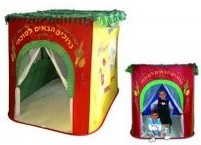
It is not a "Festival of Tabernacles", it is "Festival of Booths"
The Hebrew word "Sukkot" (plural) means "booths," (Sukkah- a booth). The Holiday Sukkot lasts for seven days, with no work permitted on the first and second days of Sukkot, but on the rest of the days of the holiday (which are called in Hebrew “Chol Ha-Mo'ed”) work is permitted.
Many times I came across an English name for the Festival of Sukkot as “Festival of Tabernacles". When I checked the Hebrew translation of the word “tabernacles”, I found out that it was translated as “mishkan”, also meaning “sanctuary”. When I researched further, I became positive that mistranslation of the word resulted in misleading of the meaning.
"Tabernacle" (“mishkan”) is a portable Sanctuary in the desert, where people prayed. But "sukkah" (plural: "sukkot") was a temporary booths that people lived in.
In the memory of those temporary “living quarters” during wandering in the desert, Jews dwell in temporary shelters during the holiday of Sukkot.
When I was a child and lived in the Soviet Union, one our favorite outdoor activities was building a “shalash” (Russian word for shelter, built with branches), the same as American kids love to build a “fort”- I know this, because my little neighbors always build several “forts” during the summer. When we lived in Israel, my son and his friends built their own “Sukkah” every year.
You are supposed to "dwell" in a sukkah, but you don’t have to take it to the word. While it is said that you should spend as much time in the sukkah as possible, even sleeping in it, you can satisfy the tradition simply having meals there.


How to build a Sukkah
There are some certain rules how to build a sukkah. A sukkah should have at least two and a half walls of its own. It means that you may build it attached to the wall of your house, or even you may put it on your balcony (and in Israel many people who live in cities, place booths on their balconies). You may build just a frame (the walls don’t have to be solid) and nail or tie canvas or fabric cloth to it. Just make sure that the wind won’t blow “the walls”.
The roof of the Sukkah should be something natural, grown and then cut off, like tree branches, sticks, corn stalks. The roof should be put on loose, so that the skies are seen through the roof.
In Israel the time of Sukkot is usually the time of the first rain after rain-free summer. The first rain of the year is called “Yoreh” and all the people rejoice for the first rain, as rain means life for Israel. If it rains, the roof of the sukkah may be covered to protect what is inside the Sukkahh, but when you dwell in your Sukkah, the cover must be removed.
The best part of building a Sukkah is decorating it. I suppose that like Christians are exited to decorate a Christmas tree, the same way Jewish people feel about decorating their booths. It’s a fun project, quality family time.
There is an opinion that Thanksgiving as a harvest holiday might have a lot in common with Sukkoth. Some historians consider that the Pilgrims, who were deeply religious people, took the way to express their thanks for the harvest from the Bible (the way of celebrating Sukkot).
What makes Four Species.
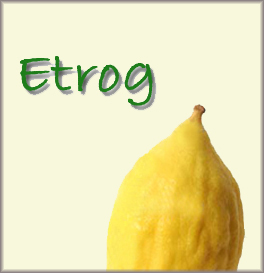
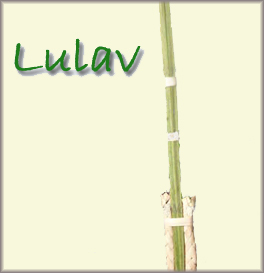
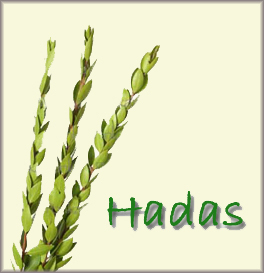
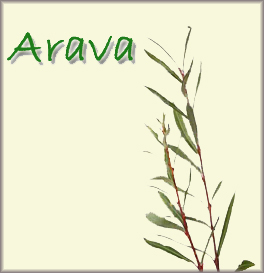
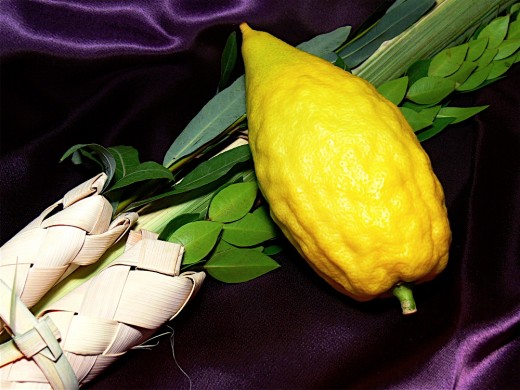
Etrog and Lulav
The Bible commands to take the Four Species (“arba minim in Hebrew), four plants (etrog, lulav, hadas, arava) and "rejoice before the God our Lord" with them.
These four plants are used because of their symbolic significance. They represent different parts of the body and also they represent different kinds of Jews.
The long straight palm branch represents the spine. The small myrtle leaf represents the eye. The long oval willow leaf represents the mouth, and the etrog represents the heart.
The etrog, which is shaped like a heart, symbolizes the driving force behind our actions. Etrog has both a pleasant taste and a pleasant scent, it represents Jews who have achieved both knowledge of Torah and performance of good deeds.
The date palm branch, which produces date fruit, that has a good taste, but has no scent, represents Jews who have knowledge of Torah but are lacking good deeds.
The myrtle leaf, which has a strong scent but no taste, represents Jews who perform good deeds but have little knowledge of Torah.
The willow, which has neither taste nor scent, represents Jews who have no knowledge of Torah and do not perform the good deeds.
All four of these species are brought together on Sukkot to symbolize us as People, to remind that every one of these four kinds of Jews is important, and that we must all be united. All together we are People, a family of Jews.
The branches are tied together and collectively are called “lulav”, because the palm branch is the biggest. The etrog is held separately.
To recite a blessing, you should hold these four species in hand and wave the species in all six directions (east, south, west, north, up and down), symbolizing the fact that God our Lord is everywhere.
Useful information
- Jewish Holiday Rosh Hashanah. Jewish New Year. Healthy Jewish Recipes.
All holidays of a Jewish calendar are connected with Jewish religion to certain extend (some less, others more). Most of them come from the Old Testament. We celebrate Jewish holidays, and though we... - Jewish Holiday Purim. Recipe of Purim cookies (hamantashen or Haman's ears).
All holidays of a Jewish calendar are connected with Bible. Some of them are strictly religious, others are less. As for our family, some holidays we do celebrate traditionally, some we don't. Purim is our... - Jewish Holiday Calendar 2010-2013
I am Jewish in blood and heart. I am a secular Jew which means that I am not religious in a common sense of this word. I don't keep Kosher, I don't go to Synagogues, I don't observe major Holidays the...



